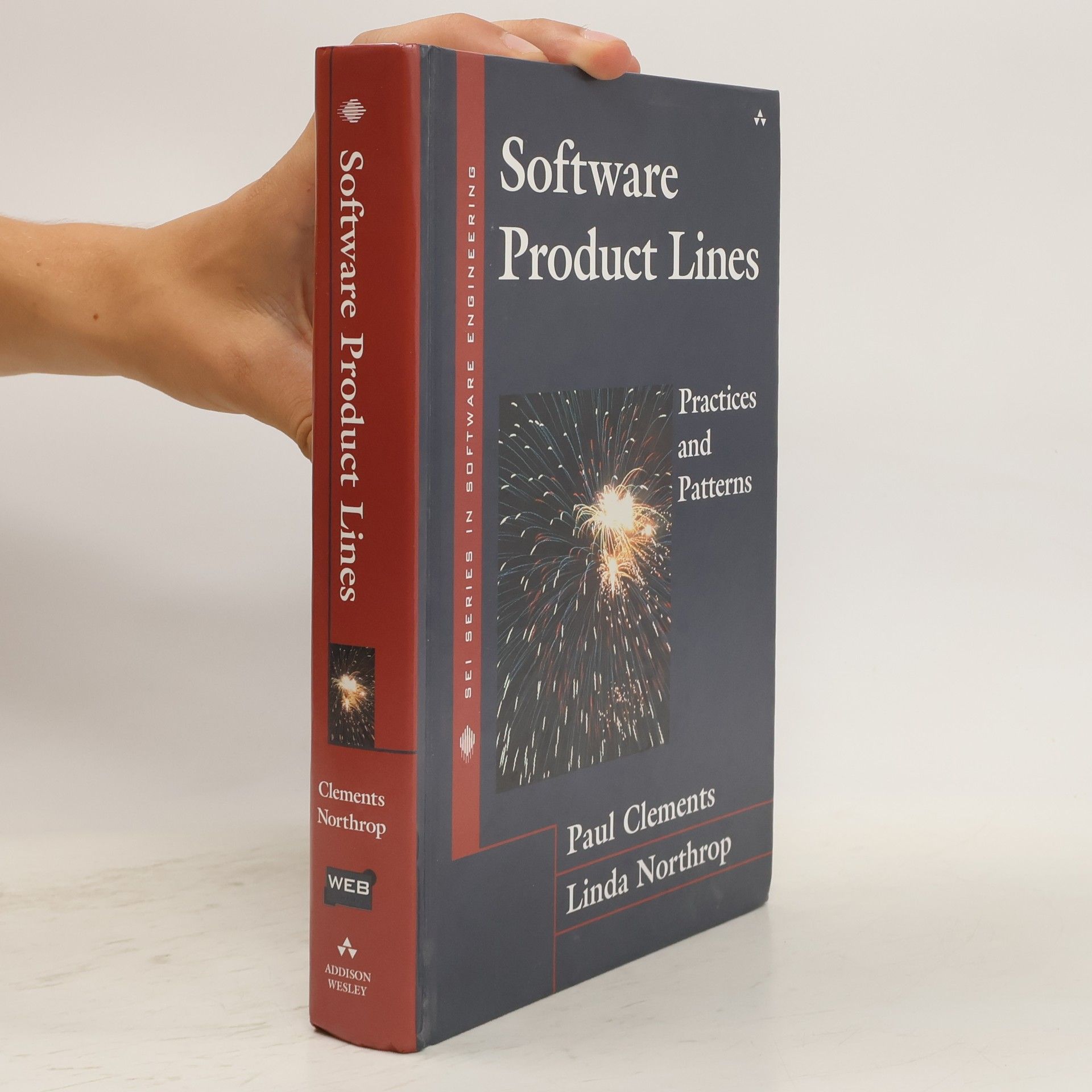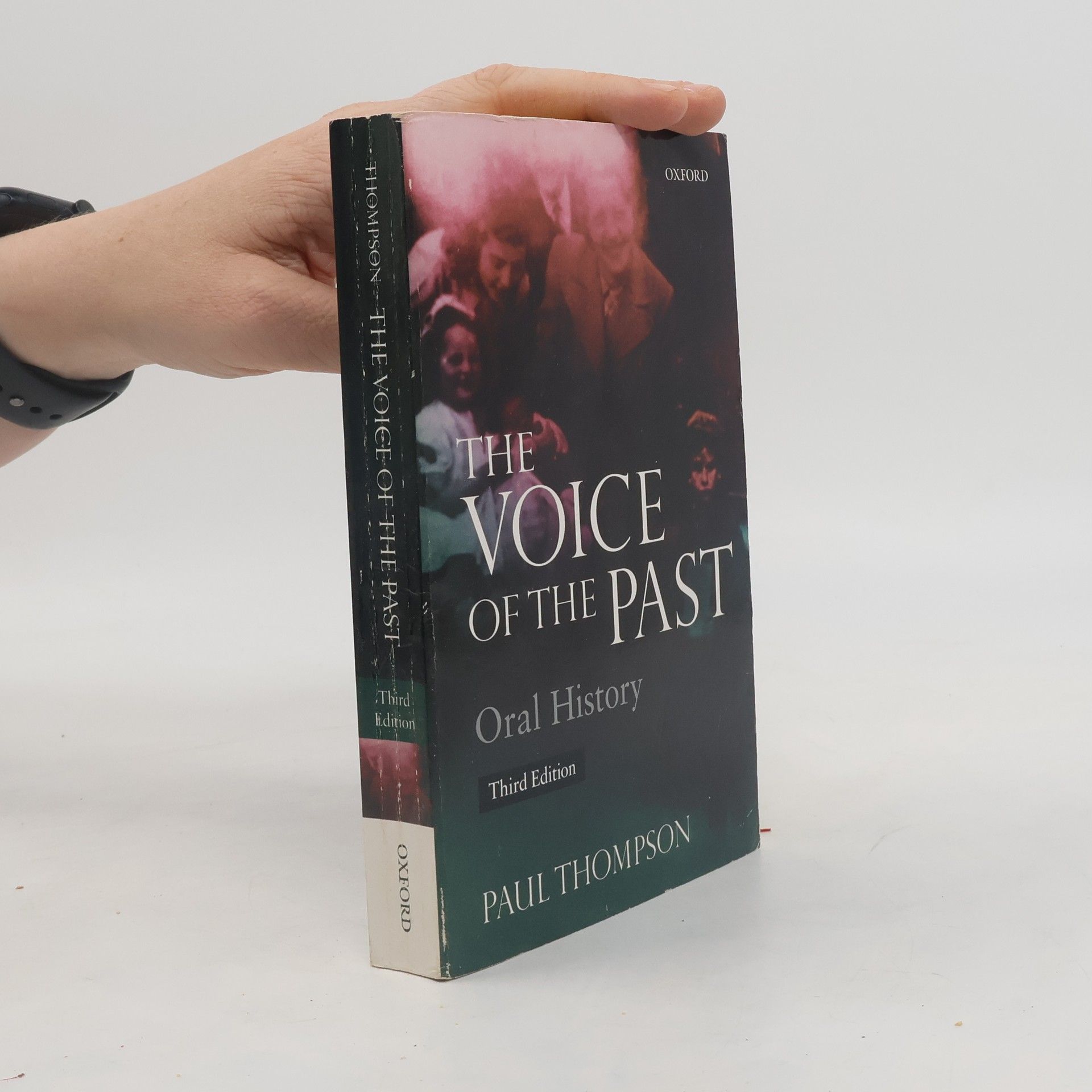Annotation. Lover luck and larceny : memoirs from Broome, (Non-fiction), by Cambridge scholar John Thompson-Gray, tells stories of lives deflected by the Battle at Broome. It flies under the Sydney Harbour Bridge, sinks submarines, answers enemy fire, rescues the stranded, survives POW camps, does aerobatics, finds romance, escapes from Red Russia, ditches in the English Channel, develops the Zero fighter, survives cyclones, stitches battle wounds, collects Luck, snares cold case diamond thieves and romps through recent history. The memoir of Aboriginal-European sea Captain Alfred Brown shows that a father's love can be an example to us all, while the power of Divine Love underwrites the life of missionary surgeon Dr Jean Davies. Shibata's dedication to the Zero fighter and Lamade's dedication to USS Houston are stories of flying sailors. New research reveals untold stories of luck, love and grand larceny. In many cases the woman's heroism is as significant as that of her partner and this is captured in six memoirs of love affairs: Shadforth and Brown, Macherez and Winckel, Welter and Droste, Shepherdson and Hasselo, Hardwiger and Woods, Linnet and Smirnov. Jack Palmer's love of the beachcomber life becomes a Grand Larceny 'Whodunit' when thirty thousand diamonds disappear from a plane shot down during the attack. Readers are invited to sleuth along. Some of the background stories are Captain Lester Brain of Qantas; Americans Lieutenant Colonel Richard A. Legg, Dr- Captain Charles A. Stafford and Sergeant Melvin O. Donoho of the U.S.A.A.F; lifesavers Harold Mathieson, Charles D'Antoine and Robin Hunter at Roebuck Bay; overland rescuers Brother Richard Bessenfelder, WO Gus Clinch and stockman Joe Bernard to Carnot Bay; Zero pilots Zenziro Miyano and Osamu Kudo; souls lost to the sea and many spared by an upper level northerly wind
Paul Clements Livres






Charles Bukowski, Outsider Literature, and the Beat Movement
- 214pages
- 8 heures de lecture
Focusing on the anti-hero rebel archetype, this analysis delves into Charles Bukowski's literature, highlighting his representations of the outsider experience. It explores the complexities and contradictions in Bukowski's visceral writing, reflecting on his apolitical, gendered, and working-class perspectives. The study situates Bukowski within the broader socio-cultural context of the American beat movement, examining themes like outsiderdom and cult celebrity. By analyzing cultural practices and discourses, it enhances the understanding of counterculture and the beat generation's literary contributions.
The first full account of a truly remarkable life.When Jan Morris passed away in 2020, she was considered one of Britain’s best-loved writers. The author of Venice, Pax Britannica, Conundrum, and more than fifty other books, her work was known for its observational genius, lyricism, and humour, and had earned her a passionate readership around the world.Morris’s life was no less fascinating than her oeuvre. Born James Humphry Morris in 1926, a childhood spent amidst Oxford’s Gothic beauty and military service in Italy and the Middle East were followed by a career as an internationally feted foreign correspondent. From being the only journalist to join the first ascent of Mount Everest in 1953 to covering the trial of Adolf Eichmann, Morris’s reportage spanned many of the twentieth century’s defining moments.However, public success masked a private dilemma that was only resolved when she transitioned genders in the late sixties, becoming renowned as a transgender pioneer. She went on to live happily with her wife Elizabeth in Wales for another five decades, and never stopped writing and publishing.Here, for the first time, the many strands of Morris’s rich life are brought together, portraying a person of extraordinary talent, curiosity, and joie de vivre.
The author offers advice on designing an oral history project; discusses reliability of oral evidence; considers the context of the development of historical writing including its social function; and looks at memory, the self and the use of drama and therapy. schovat popis
Software Product Lines
- 608pages
- 22 heures de lecture
Software Architecture in Practice
- 560pages
- 20 heures de lecture
This is the eagerly-anticipated revision to one of the seminal books in the field of software architecture which clearly defines and explains the topic.
From Field to Fork
- 288pages
- 11 heures de lecture
Paul B. Thompson covers diet and health issues, livestock welfare, world hunger, food justice, environmental ethics, Green Revolution technology and GMOs in this concise but comprehensive study. He shows how food can be a nexus for integrating larger social issues in social inequality, scientific reductionism, and the eclipse of morality.
Tell Them We Were Rising
- 476pages
- 17 heures de lecture
The collection presents intimate biographies of individuals of color from Nashville who overcame the legacy of slavery, showcasing their struggles and achievements through their own narratives. Readers encounter a diverse array of lives, including a girl who saved her family, a musician who helped found a university, and a man who led others to freedom. These vivid accounts highlight the complexities of slavery, Reconstruction, and racial identity, revealing personal journeys and aspirations that illuminate a crucial yet often oversimplified historical period.
Shannon Country
- 288pages
- 11 heures de lecture
In August 1939 the Irish travel writer Richard Hayward set out on a road trip to explore the Shannon region. Eighty years on, inspired by his work, Paul Clements retraces Hayward's journey along the river. Clements paints a compelling portrait of twenty-first century Ireland, mingling travel and anecdote with an eye for the natural world.
Nové, aktualizované a doplněné vydání turistického průvodce Irskem. Najdete v něm přehledně a detailně popsané hlavní turistické trasy, pamětihodnosti, hotely, ale i tipy na individuální turistiku, včetně cen ubytování, dopravy a potravin. Dozvíte se spoustu užitečných informací o historii a kultuře od pravěku až po současnost, včetně detailů o turisticky atraktivních místech, ale i o zapadlých koutech, kde na vás dýchne duch a atmosféra dávných dob. Průvodce je samozřejmě doplněn velkým množstvím map a barevných fotografií. Třetí vydání.
